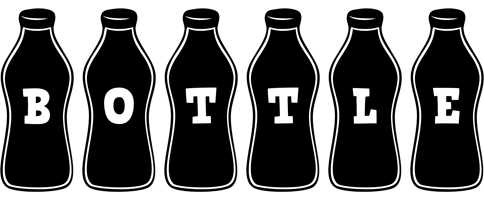Proof of identity is a fundamental requirement when applying for a loan, as it verifies the borrower's identity and helps prevent identity theft and fraud. Lenders need to confirm the borrower's identity to ensure they are dealing with the correct individual and comply with legal and regulatory requirements. Here's what borrowers need to know about providing proof of identity when applying for a loan:
### 1. Valid Government-Issued ID
The most common form of proof of identity is a valid government-issued identification document. Examples include:
- **Driver's License:** A driver's license issued by the state or country of residence serves as a widely accepted form of identification.
- **Passport:** A passport is an internationally recognized travel document that also serves as proof of identity.
- **State ID Card:** In the absence of a driver's license, a state-issued identification card can be used to verify identity.
### 2. Verification of Personal Details
When presenting a government-issued ID as proof of identity, borrowers should ensure that the information matches the details provided in the loan application. Key personal details to verify include:
- Full Legal Name
- Date of Birth
- Address
- Photograph (if applicable)
### 3. Validity and Expiration
Lenders typically require proof of identity documents to be current and unexpired. Borrowers should check the expiration date on their ID and ensure it remains valid throughout the loan application process. Expired identification documents may not be accepted by lenders and could delay or jeopardize the loan approval process.
### 4. Secondary Forms of Identification
In some cases, lenders may request additional forms of identification to supplement the primary government-issued ID. Secondary forms of identification may include:
- Social Security Card
- Birth Certificate
- Voter Registration Card
- Utility Bills or Bank Statements (with matching name and address)
### 5. Verification Process
Lenders may verify the authenticity of the provided identification documents through various means, such as:
- Visual Inspection: Loan officers or authorized personnel may visually inspect the ID to ensure it appears genuine and matches the borrower's physical appearance.
- Scanning or Photocopying: Lenders may scan or photocopy the ID to create a record for their files and facilitate identity verification.
- Online Verification Services: Some lenders utilize online verification services or databases to authenticate government-issued IDs and confirm the borrower's identity electronically.
### Conclusion
Proof of identity is a crucial requirement when applying for a loan, as it helps lenders verify the borrower's identity and comply with regulatory standards. By providing a valid government-issued ID and ensuring that personal details match the loan application, borrowers can expedite the application process and increase the likelihood of loan approval. It's essential to present current and unexpired identification documents and cooperate with lenders' verification procedures to facilitate a smooth borrowing experience.


0 Comments